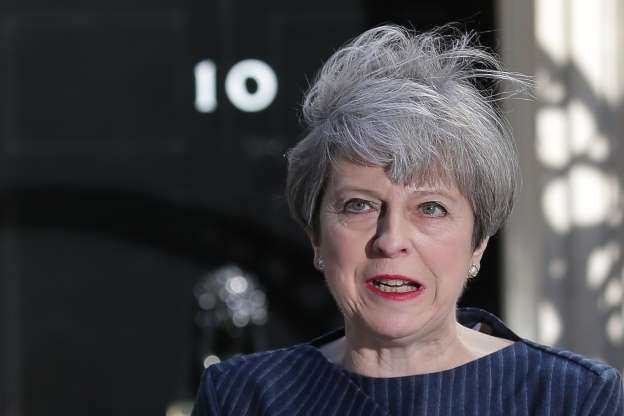
The fiasco over the so-called dementia tax announced in the Tory party manifesto expressed not just May’s incompetence but also a real problem facing the ruling class: that the depth of the crisis is now such that it has to attack sections of the middle class who are traditional Tory supporters.
The proposal, that pensioners would have to pay for their social care until their assets were reduced to £100,000, would replace the current system under which £23,000 of personal assets are protected. However, the manifesto proposals would include the value of the pensioner’s home in the asset calculation, when currently it is not. The measure would have hit those who require lengthy periods of social rather than hospital care, in particular those suffering from mobility problems including those with dementia – hence the name.
Uproar followed the announcement, especially from Tory-supporting newspapers: it was too naked an attack on the elderly, and raised widespread doubts about May’s political abilities. These doubts were compounded when May announced four days later that she was dropping the proposal and replacing it with a cap on the cost of social care to be met by individual care users, at a level which would be determined by an incoming Tory government. This came a week after health secretary Jeremy Hunt specifically ruled out such a cap as ‘unfair’. May compounded Tory disarray by denying she had performed a U-turn: she seemed to be the only person in the country who believed this.
Under May’s proposal, the tariff rate for savings would rise to £100,000 including the value of a home, but the home would only be sold after the care user has died. With the average house price in Britain at nearly £235,000, the Institute for Fiscal Studies estimated that the measure would have raised the costs of care for up to a third of care users aged between 70 and 79. Since much of the money could not be released until after the care user had died and their house had been sold, it would do little to solve the financial crisis facing local councils as they have to pay for care services as and when they are needed.
Capping care costs: shifting costs between councils and individuals
The idea of ‘capping’ the cost of care to a service user at £72,000 was included in the 2015 Tory manifesto. David Cameron’s administration dropped the idea because the cap would disproportionately hit affluent rural and suburban local authorities where care companies charge more for travel times and costs. A national cap would mean that these areas would receive less reimbursement from the care user and face consequent financial problems.
The state, then, is caught on the horns of a dilemma. As fewer meaningful savings can be made from cutting the already appalling care services to the working class, the state faces the option of either charging the middle class directly for a vital service, or pushing the burden of paying for services disproportionately on to authorities with the most middle class residents. Either way, the middle class is hit. Whichever the option, the political representatives of the ruling class will be forced to turn the screw on their own social base.
Luke Meehan
Fight Racism! Fight Imperialism! 258 June/July 2017




